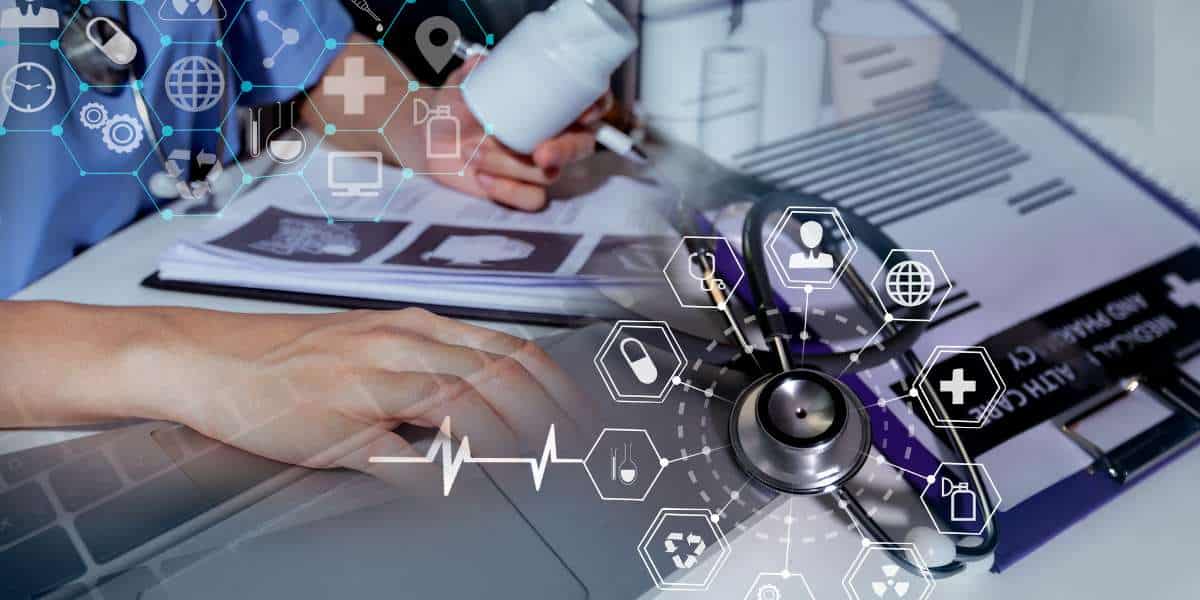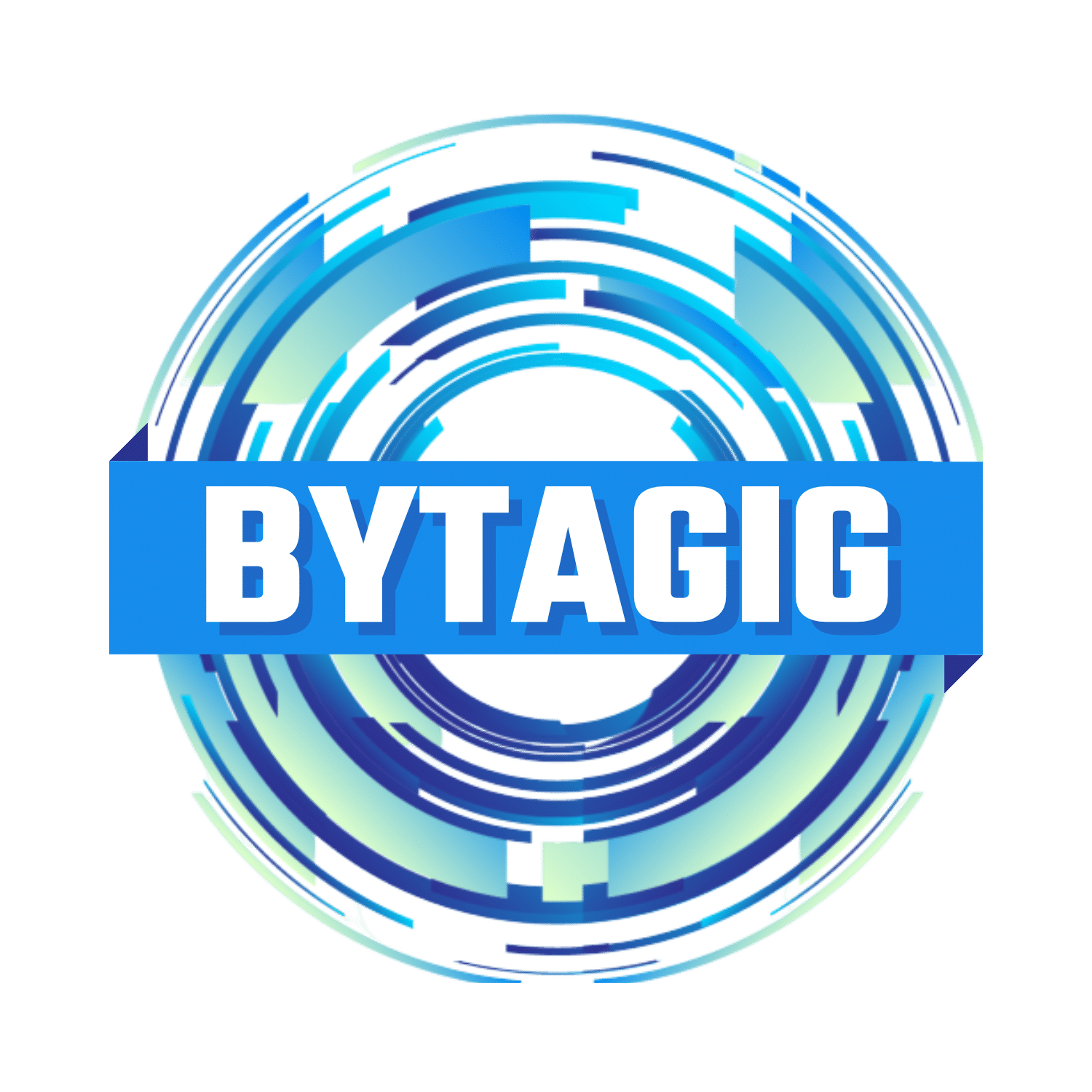
11 May Healthcare Industry Set to Be Prime Cybersecurity Target in 2025
No stranger to cyberthreats and cyberattacks, the healthcare industry is expected to remain a significant cybersecurity target in 2025. A treasure trove of invaluable data, it’s a go-to for complex malware campaigns. Personal data associated with health means a successful breach event can result in an immense payday, since the threat of publishing this data is too dangerous to ignore.
Worse, hackers eagerly seek out numerous exploits and weak areas in a healthcare network’s IT architecture. Often, it’s targeted at staff and workers, involving how said staff handle, manage, and transfer healthcare data. Hackers also take advantage of healthcare infrastructure relying excessively on cloud and virtualized services.
As a primary target of threat actors and hackers, these are some of the essential threats the healthcare will face in 2025 (and beyond).
Phishing and Modern Social Engineering
We recently pointed out the modern dangers of polymorphic phishing. This new variation of phishing rapidly adapts to targets via machine learning, modifying messages to dodge typical domain alerts. Coupled with that, standardized phishing practices are equally dangerous, both major threats to healthcare cybersecurity.
Once again, it must be emphasized how dangerous and effective phishing methods are. In healthcare, phishing messages can appear as legitimate contacts from authoritative resources. If a user or recipient is not cautious, they can give away important credentials and allow hackers to access sensitive material.
Training staff to recognize phishing emails while deploying “verify then trust” policies can better protect healthcare data from attacks.
Ransomware Attacks
Following right in line with phishing as a ransomware attack. Typically, that’s because phishing is used to access sensitive data, allow hackers to slowly infect systems, and then deploy a ransomware payload.
As the name implies, ransomware is a computer virus that targets and encrypts data and systems. When successful, ransomware parties lock out critical information behind complex encryption. The only way to access this data is to pay the malicious third parties. For healthcare industries, this is devastating, with costs ranging from thousands to millions depending on the demand and damage it causes.
While federal resources and CISA always recommend against paying ransomware demands, the alternative leaves no room. Threat actors threaten to publish their acquired data to further “encourage” targeted parties to pay. If said data is published, it exposes patient information. That information can be used to launch additional complex malware campaigns targeting vulnerable individuals. Adding to the problem is a regulatory penalty and service disruption. Mishandling patient data results in penalties and consequences.
Despite its complexity and threat capacity, ransomware is also accessible. Whereas historically launching a ransomware attack required fluent expertise and resources, there now exist service models with built-in target lists and ransomware. This level of accessibility scales ransomware to new heights of danger.
Protecting against ransomware requires identifying vulnerabilities in your network, enabling multi-factor authentication, zero-trust policies, and comprehensive education about cyber dangers.
Legacy Systems
Legacy software and hardware present a serious complication to healthcare organizations. It’s both a direct and indirect threat to patient data. Indirect, because legacy software relies on systems that reach end-of-life support. That means they lack critical security updates, have reduced functionality, and are vulnerable to attack. The direct threat is just that: vulnerability.
Older hardware and software lack update support to shield them from advancing threats. Furthermore, legacy systems have a higher chance of failure, system crashes, and service disruptions. Some healthcare organizations rely heavily on legacy software or hardware, making it hard to outright replace. Unfortunately, modernizing infrastructure is important to better protect data and maintain services, another reason why the healthcare industry remains a priority target in 2025.
Protecting Your Healthcare Organization from Cybersecurity Target in 2025
With all these threats and complications, the bigger question is, how do you shield patient data? While enabling stronger internal policies and installing a healthy security culture is feasible, it does not solve immediate concerns.
In these scenarios, it’s practical to seek out third-party solutions, such as from an MSP. Managed service providers draw on robust resources and experience that can better protect healthcare infrastructure from even the most dangerous cyberattacks.
Bytagig is one such MSP, capable of assisting your healthcare organization with data management, protection, and even backup services.
For more information, you can contact us today.
Share this post:

Sorry, the comment form is closed at this time.